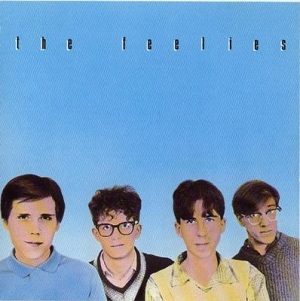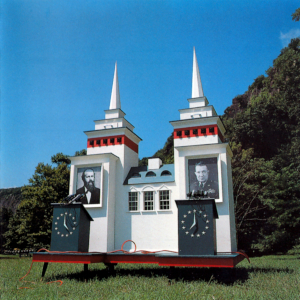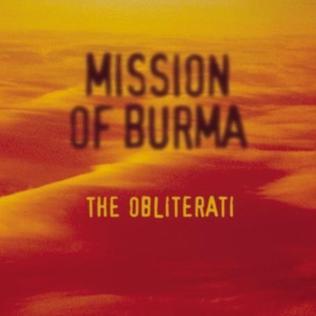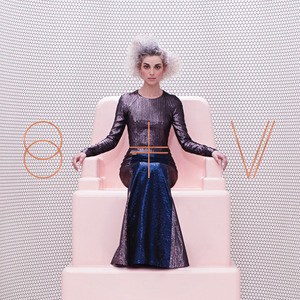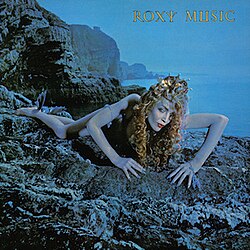Go to an open mic night for new, original songwriters and you will see two types of performances. The first you’ve seen before. I mean, it’ll be much, much shittier than you’re used to, but it’ll be familiar. A frizzy haired kid with a harmonica holder and acoustic guitar mangling his vowels. A girl wearing a XXL sweater breathily murmuring over minimalist beats. A bleach blonde speed rapper who probably shouldn’t be using the f-slur this late into the 21st century. Hello, Bobbie, Billie, Marshall. These performers are wearing their influences on their sleeves, torsos, faces. Every artist exists in the context of what has come before. These new artists are all apples who’ve barely fallen from their trees.
The second type of performance will leave you scratching your head. Free form poetry over aimless keyboard. A guitar played with a power drill. A chorus-less flow with more in common with beat writing than music. What are they going for? The context for these performers seemingly exists outside of music. In 1916, Marcel Duchamp hung a urinal on an art studio wall, and it, therefore, became art. These are musical performances because they take place at a songwriting showcase.
There is no audience for either type of performance…at least, not yet.
In general, I believe an artist’s maturation follows one of two paths. On the first path, an artist copies their influences until they discover the original ideas they want to express. Spoon, who we’ve covered here, began as a band derivative of Wire and Pixies, before blossoming into the sharp indie pop band that we know and love today.
On the second path, a band starts with original ideas, but doesn’t have the ability to make them coherent to an audience. Sonic Youth began their career as noise-obsessed freaks who brutalized their guitars with tools to wring new sounds out of them, creating music that sounded more like the static between radio stations than the stations themselves. But a couple albums into their journey, they structured their noise into songs, added choruses and melodies, and wrote lyrics. You know, the shit most people think of when they think of music. And people liked it. Sonic Youth took their outlandish ideas and made them palatable to a modestly-sized record-buying public. They just needed to add some sugar so their audience would swallow the steel wool.
In order to get good, artists have to start bad, and these are the two ways to skin a cat – asshole to eyeballs, or the other way around.
I’ll also note here that many (maybe most) artists never get good. They start either derivative or weird and just keep being derivative or weird. I don’t believe art needs to be good to be worthwhile, but it should be if you’re making strangers pay to see it. (There’s a reason most open mics are free.)
Liars came from the NYC scene that launched The Yeah Yeah Yeahs, LCD Soundsystem, and The Strokes at the turn of the millennium. Recently, the excellent TV on the Radio has gotten some media shine with the 20th anniversary reissue of their Desperate Youth Blood Thirsty Babes, and I only thought it fitting to draw attention to another band from the same scene who had an important record turn the big two-oh, Liars’ They Were Wrong, So We Drowned. That album, however, Liars’ second, is not the Heck Record of the week, because I don’t really like it, though I don’t hate it as much as Spin who gave it an “F” or Rolling Stone who gave it “one star” – and from the magazine that gave Mick Jaggar’s 2001 non-masterpiece Goddess in the Doorway “five.”
They Were Wrong, So We Drowned is a transitional album for Liars, who evolved from a spazzy, four-piece dance-punk band (think: The Rapture) on their first record They Threw Us All in a Trench and Stuck a Monument on Top into an ominous, electronics-obsessed noise rock three-piece (who could fit comfortably on a playlist with 2000s Radiohead) by their third album Drums Not Dead.
This column is dedicated to their fourth album, 2007’s tellingly titled Liars. You know a band means business when they drop a self-titled album almost a decade into a career.
Liars is the first place I would recommend to anyone interested in giving this underrated band a try. It has some of the ass bumping of their first album, nixes the collage-y muck of their second, and lightens the suffocating tone of their third. It successfully draws together bandleader Angus Andrew’s disparate influences from Underworld to PJ Harvey to OMD (who missed out on the reappraisal that so many other ‘80s acts had ten years ago) to Michael Franks (uh, whut?). It’s full of neat, weird sounds, inventive arrangements, and songs that feel like songs. All of this works because the band discovered they could tuck all their music under the audience-friendly umbrella of psychedelic rock.
The Liars needed three albums to learn how to reach their audience, but once they got there, their world opened up. Liars’ follow-up Sisterworld is almost as good.
Interestingly, the success of Liars retroactively makes the mess of They Were Wrong comprehensible. The band didn’t fuck up. They were in the middle of skinning a cat, and that can be messy.
